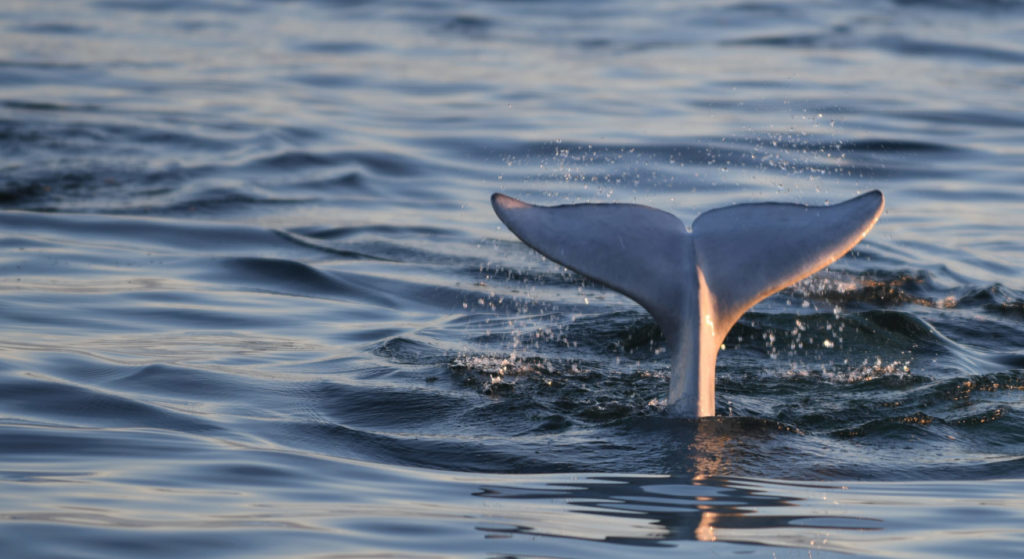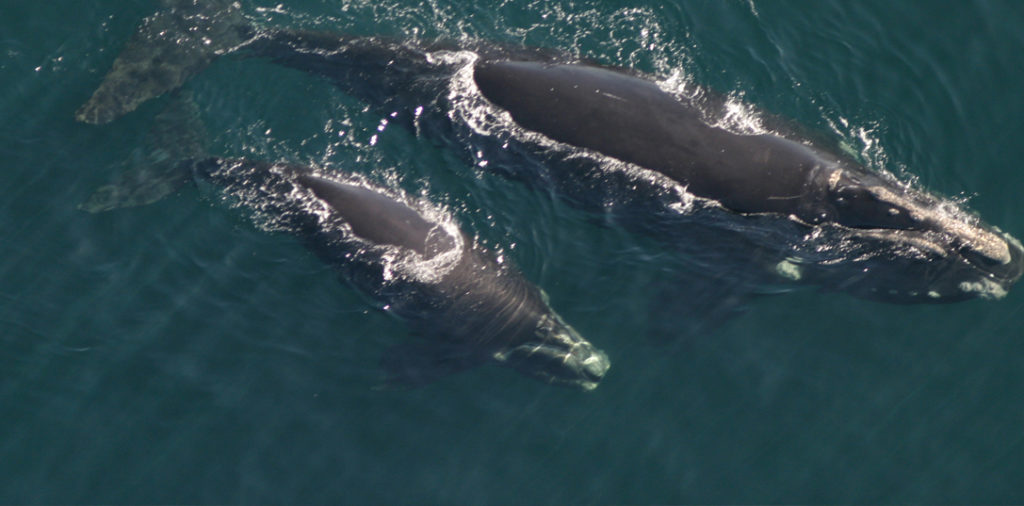Right whales aren’t the only cetaceans at risk in eastern Canada: Report
More than nine out of 10 fatal incidents affecting cetaceans in eastern Canada are not killing North Atlantic right whales, the government’s primary conservation focus, according to a new report by the Marine Animal Response Society (MARS). The Nova Scotia-based marine animal conservation organization found that 44 per cent of these incidents involved other at-risk species, including harbour porpoises, beluga whales and fin whales.
Called Beyond The Numbers: A 15-Year Retrospective of Cetacean Incidents in Eastern Canada, the report, which WWF-Canada and CSL Group partnership helped fund, analyzed a decade-and-a-half of data on incidents involving 25 cetacean species in Eastern Canada.

The findings reveal that the busy Gulf of St. Lawrence is an area of great concern for many whales. While the threat to North Atlantic right whales is the best known, 93 per cent of baleen whale incidents in the Gulf actually involved other species, including minke, humpback, fin, and endangered blue whales, which experts estimate number only about 250 mature individuals.
Globally, more than half of the 90 species of cetaceans are of conservation concern. These declines are mainly driven by human activities, ranging from direct mortality from fishing gear entanglements and ship strike to underwater noise pollution, which increases stress levels, mask their ability to communicate and interferes with their normal behavior.
These major threats remain an impediment to their recovery and more protections are needed to prevent these species from imminent extinction.
This is especially true for North Atlantic right whales. Scientists warned that the species may be extinct in less than 30 years. With their preferred prey, Calanus zooplankton, declining throughout the whales’ historical range due to ocean warming, this critically endangered population is following their food which lead them into the Gulf of St Lawrence.
This busy area for commercial fisheries and marine traffic was previously unprotected, as it was rarely used by the species. Since 2017, 34 North Atlantic right whale deaths have been observed along the East Coast — 21 in Canada and 13 in the United States, plunging the already small population down by 20 per cent to only 356 animals.

Despite being an IUCN Red List Species since 1970 — and federally protected since 2003 under the Canadian Species at Risk Act and the Fisheries Act — there was a flagrant lack of action to protect them until recently. A 2018 audit by the Office of the Auditor General of Canada found that the federal government, “had not fully applied existing policies and tools to proactively manage threats to marine mammals from commercial fishing and marine vessels, such as entanglements, bycatch, depletion of food sources, noise and disturbance, oil spills, and collisions with marine vessels.”
Shipping was slowed down and fisheries closed in the Gulf of St Lawrence in a drastic way in 2017. Today, the risk tolerance for right whale mortality in Canadian waters is zero and Canada and the industry is finally taking their protection seriously.
Fisheries are now under strict dynamic/seasonal closures covering the entirety of the Gulf region and critical habitats. As well, nearly 60 per cent of the Gulf is under seasonal and dynamic vessel slowdowns and vessels are excluded from their main feeding area. The fishing industry is also testing “whale-safe” gear and “ropeless” fishing technologies as potential solutions. But more work is still needed to remove ropes from the waters as two new whales got entangled this year off New Brunswick.
Current management measures in the Gulf were developed for right whales — the measures are likely benefiting other whales but may also have unintended consequences. These may include an increase of fishing effort surrounding the closed areas or increasing the risk of fatal collision in and out of the slowdown zones as ships attempt to catch-up on lost time, which could harm other whales in the Gulf.
There is a need to better understand the full consequences and co-benefits of current management practices so that other at-risk whales are also protected.
Let’s not act “too little, too late” again. This time we must proactively figure out how humans can safely co-exist with these magnificent animals or we risk losing them forever.

